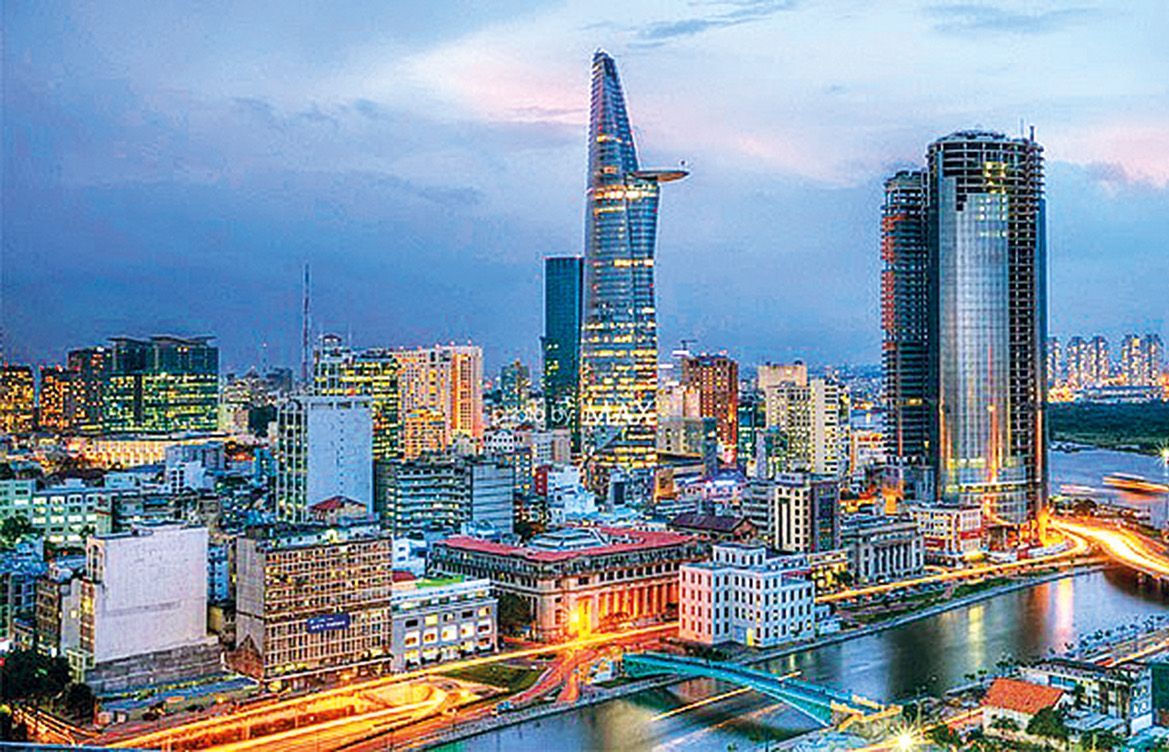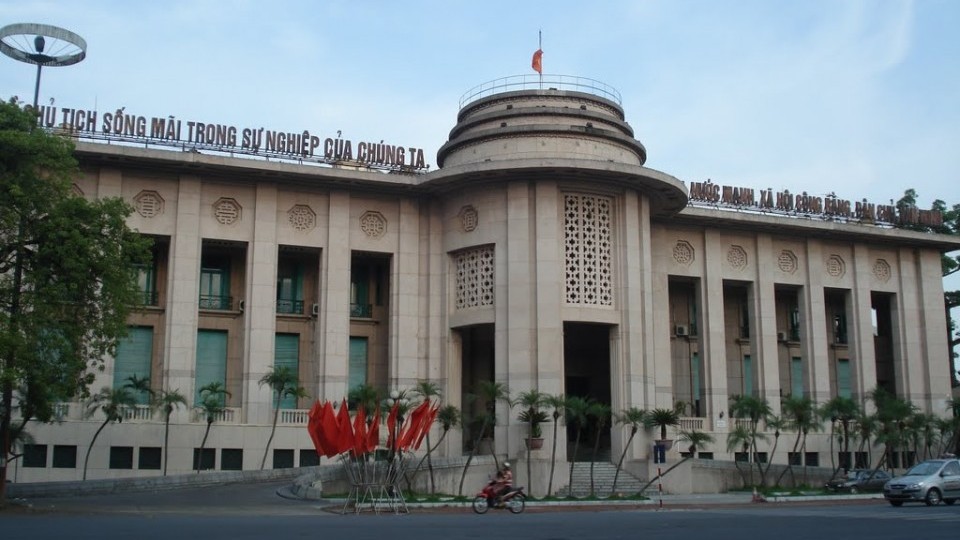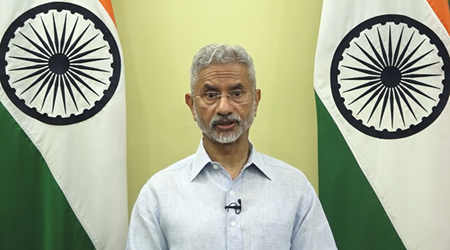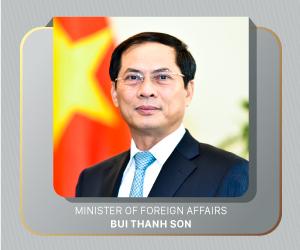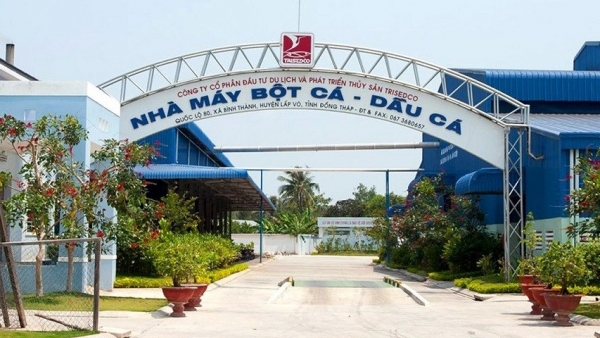
London - a standard model of international financial center
Latest
| TIN LIÊN QUAN | |
| UK-Vietnam Business Forum to be held in London | |
| Vietnam-UK Network convenes third congress in London | |
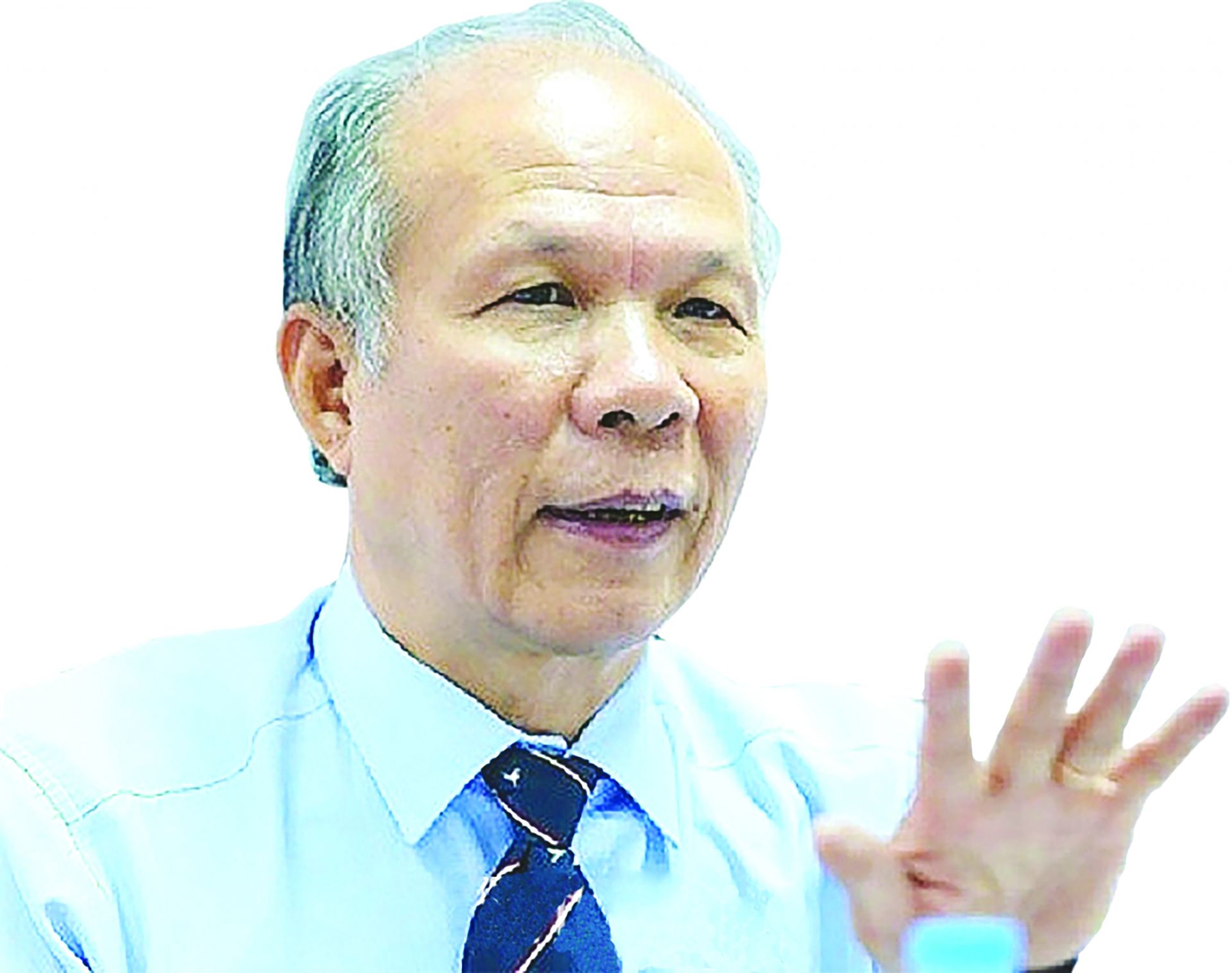 |
| Associate Professor, Ph.D. Dinh Trong Thinh, the head of International Finance department, Academy of Finance. |
The World & Vietnam Report reporter had exchanged with Associate Professor, Ph.D. Dinh Trong Thinh, the head of International Finance department, Academy of Finance (Vietnam) on the establishment, development, roles, advantages and disadvantages of this world-leading Financial center, therefore suggesting lessons that Ho Chi Minh City (HCMC) could learn in order to become a regional and global financial center. We are honored to introduce this article.
London is one of the biggest global financial center, with lively financial activities and has the impacts on the global financial system. Could you give us a quick introduction on the scale and establishment of this financial center?
In 1795, after the financial center in Amsterdam (Netherlands) collapsed due to Napoleon’s attack, the global financial activities, which mainly resided in Europe, had ceased. Governments had to find a replacement and London was chosen. After the first industrial revolution, London had started to become a trade center. Famous financiers had come to London and turned the UK’s financial center into a regional and global financial center.
London has attracted leading financial experts, specifically Jewish financiers, those who were the best in having both the tools and the knowledges in the field of finance during their times. By the 19th century, London had become a leading regional and global financial center. Currently, London has continued to uphold its position among leading financial center, even though it did get “surpassed” sometimes.
Regarding scale, the London Financial center attracted about 350,000 financiers, 500 world-leading banks, with 37% of global money transactions, an enormous volume of money exchange with approximately 5.1 trillion USD per day. 75/100 of world-leading companies and 75% of Fortune 500 companies have headquarters and offices in London.
As a result, what is your assessment of London Financial center’s role to the regional and global financial system?
After the World War II, New York (United States) and Tokyo (Japan) had become new financial centers, but, as I mentioned above, there were only several years that London got “surpassed”; otherwise, it continued to be the leading financial center.
Being a financial center equals to having major roles aside from accounting for 37% of the global money transactions. London Financial center decides the London Interbank Offered Rate (LIBOR). It is an unified interest rate of 8 largest banks in the world and played a deciding role in determining a common interest rate for the global bakning system, acting as a reference for other financial centers such as a New York (United States), Paris (France), Hong Kong (China)… Therefore, interest rates, exchange rate and bonds on London market could significantly impact other financial markets.
However, when it comes to flexbility, creativity and innovation, people tend to look toward the New York market. It often sees establishment of new methods or new business models on the exchange market, derivative market and related markets. However, London, while being a traditional market, continued to be a standard model for other financial markets.
As an experts with years of researching on international finance, what is your assessment of London financial center’s advantages and disadvatanges during its operation?
London Financial center has a major advantage due to the scale of its industries, with a large volume of foreign exchange, derivative products taking up to 48% globally and 18% of loans from multinational companies.
Furthermore, in spite of being a traditional market, the United Kingdom has a favorable legal framework and environment for businesses in accordance to norms and international rule that respect and protect the interests of shareholders and investors (ranked 4th globally in a World Bank evaluation). Therefore, it allows the London Financial center to quickly adapt to the fluctuation of the market. A rigid yet flexible mechanism for financial protection also helped London financial system to rapidly develop and easier to manage in respect to accommodations and exchanges between businesses and managing government bodies. Therefore, the cost of activities of these companies remains relatively stable.
In addition to that, the UK has a favorable environment for training world-leading financial experts. There are 5 education programs for finance management in Europe; 4 of those are in the UK. Therefore, the UK has provided a large amount of financial experts for the region. Additionally, a tax rate of 20% (in comparison to 33 – 35% of other countries) or the stability of this market are also factors that attract businesses.
At last, the time zone in London lies between the 24 hours time zone, making it favorably to connect Asian, European and American markets. Markets in Frankfurt, New York, Hong Kong and Tokyo are easily connected between the London market.
Regarding disadvantages, first, due to its high stability, London financial center tends to remain “conservative” and occasionally “clash” with international norms, creating conflicts and making it difficult for businesses. Second, the development of internet means that individuals and organizations can directly connect to each other, decreasing the necessity to connect through the market. This is something inclusive to all other markets. Third, due to its longevity (200 years old) with numerous advantages, London continued to be rivaled by other regional and global financial centers.
That aside, the London market originally was a national market before it was internationalized, therefore it remained bounded by national financial mechanism. Currently, during the era of international integration, this has become an obstable. The UK’s keeping Pound as the main currency and Brexit, has created some disadvantages. A lot of banks and financial organizations are leaving the UK. Clearly, the fact that the UK was sidelined by other European countries could mean that London may face the possiblity of being discriminated and even isolated during its financial activities.
 |
| Becoming a regional and global financial center required the necessary and sufficient conditions, rather than just mere will. |
Currently, HCMC has a plan to become a regional and global financial center. Therefore, what could HCMC learn from the world-leading London Financial center?
Becoming a regional and global financial center required the necessary and sufficient conditions, rather than just mere will. Recently, we saw the rises of many regional financial centers as the hub for exchange of capitals, stocks, bonds… in locations adjacent to Vietnam such as Bangkok (Thailand), Seoul (South Korea). the establishment of HCMC as an international financial center in Vietnam, a country with a rapidly developing economy, a population of 100 million with high demands in capitals for businesses, is possible, approriate and timely.
However, it is necessary to acknowledge the difficulties and what needs to be done.
First, it is imperative to attract international financiers to Vietnam to buy stock, bonds, valuable documents or invest in stock exchange. This is rather difficult since Vietnam’s bonds and businesses’scale are relatively small.
Second, the Vietnam stock market has been established recently and has not stably operated.
Third, the policies on mechanism for mananing the financial system are unstable and in the process of completion.
Fourth, the diversity of the products and branched markets is low; the derivative market has not developed and could not attract international investors.
At last, Vietnam lacks the infrastructures, human resources necessary and therefore it would required sustained efforts to make HCMC an international financial center.
As a follower, HCMC should strive to connect, learn and seek helps from preceeding markets. The City could consider sending people to participate in exchange program, asking for helps to build infrastructures and create databanks. With the correct helps, progressive spirit and committed investments, it is entirely possible for HCMC to become a regional and global financial center.
Sincerely, thank you!
 | Symposium talks Ho Chi Minh City smart city development An international symposium entitled “Ho Chi Minh City in network of smart cities in ASEAN: opportunities and challenges” took place in Ho Chi Minh City ... |
 | RoK fund presents books to children in Ho Chi Minh City The Hansae Yes24 Foundation and the Hansae Vietnam Co Ltd, presented 10,000 books to primary school students in Ho Chi Minh City at a ceremony ... |
 | Ho Chi Minh City tourism festival generates 120 billion VND in revenues A tourism festival in Ho Chi Minh City under the theme “Happy Summer 2019” ended on April 14 with total sales of participating travel agencies ... |




